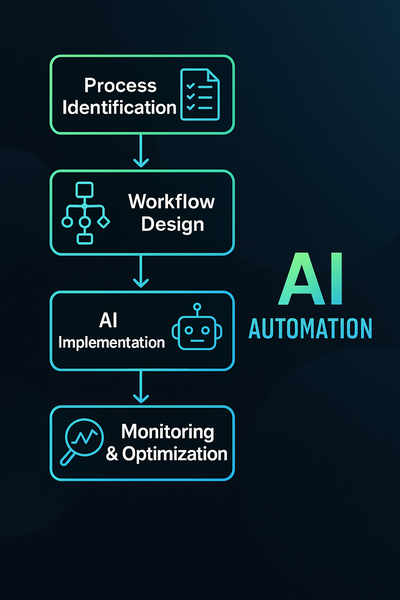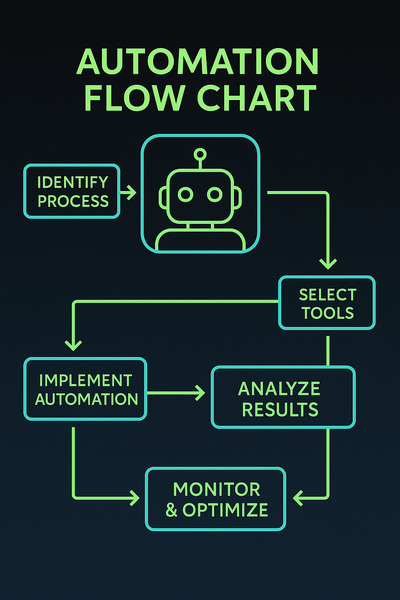Logistics & Delivery: AI Use Cases That Save Time and Fuel

Shipping delays, fuel costs and inefficient routing are among the biggest headaches in logistics and delivery. When drivers take suboptimal paths or vehicles sit idle, profitability suffers and customer satisfaction drops. Traditional route planning struggles to account for real‑time variables like traffic, weather and last‑minute orders.
AI changes the game. Advanced algorithms analyse traffic patterns, historical delivery data and current road conditions to create the fastest, most fuel‑efficient routes. Predictive models forecast demand so you can optimise fleet allocation and reduce empty miles. Computer vision monitors vehicle health and cargo conditions, preventing breakdowns and spoilage.
The benefits extend beyond cost savings. Customers receive accurate ETAs and proactive updates, enhancing their experience. Drivers spend less time stuck in traffic, leading to safer journeys and higher morale. In an industry where margins are thin, these improvements add up to a significant competitive edge.
Interested in bringing AI‑driven efficiency to your logistics operation? Book a free strategy call to discuss bespoke AI solutions that save time, fuel and headaches.
Automation Steps & Logic
Below is a high-level overview of the steps involved in automating this process:
- Identify the Process: Map out the exact workflow that needs automation, including inputs, outputs and decision points.
- Select the Right Tools & Platforms: Choose AI agents, RPA bots or integration tools based on complexity and scalability needs.
- Design & Prototype: Build a proof of concept or prototype to validate the logic and gather stakeholder feedback.
- Implement & Integrate: Deploy the solution and integrate with existing systems, ensuring data flows seamlessly between components.
- Monitor & Optimise: Continuously track performance, gather insights and iterate on the automation to improve efficiency.
Recommended Bots & Agents
Here are examples of intelligent agents that can assist with this use case:
- Conversational AI Bots: Handle customer queries, onboarding or support through chat or voice interfaces.
- RPA Bots: Automate rule-based, repetitive tasks such as data entry, invoicing and report generation.
- Data Extraction Bots: Collect and cleanse information from documents, emails or web pages for downstream processing.
- Scheduling & Coordination Agents: Automate meeting bookings, reminders and coordination across teams.
- Integration Agents: Seamlessly connect your CRM, ERP, marketing and communication tools through APIs.
